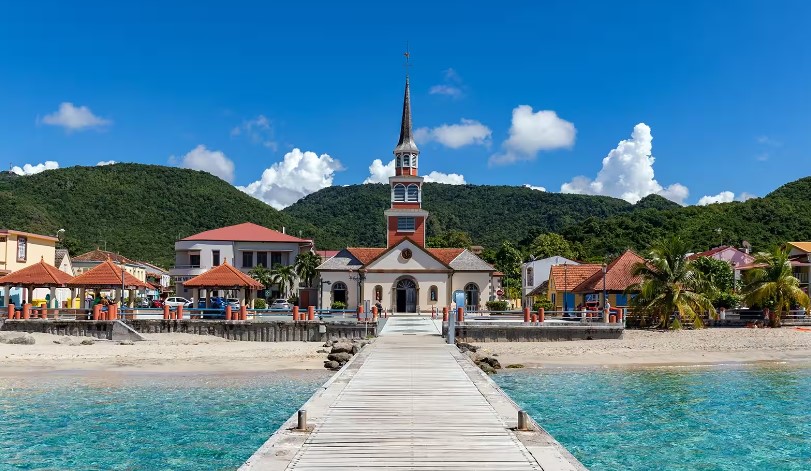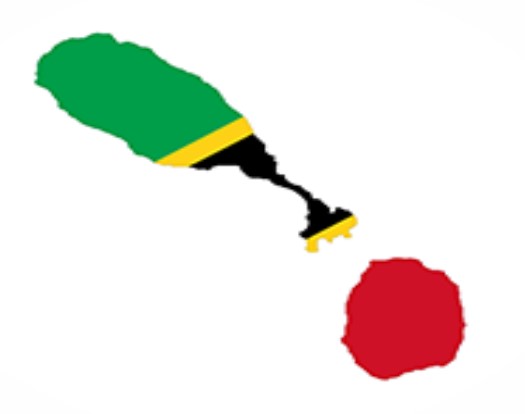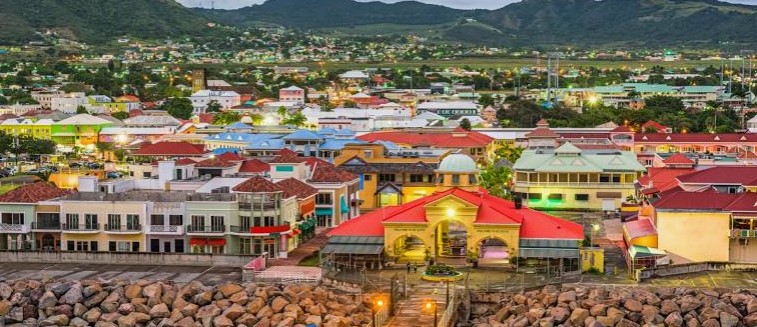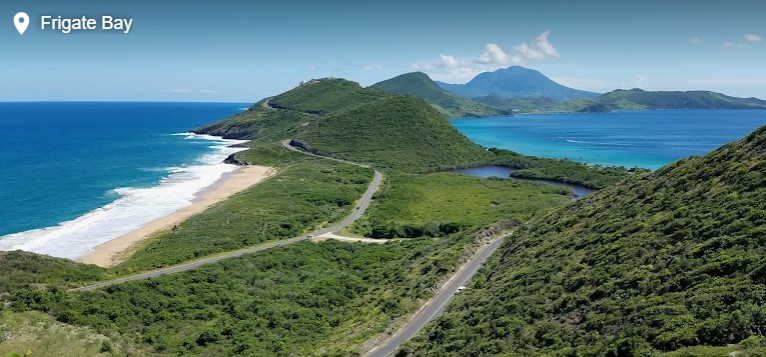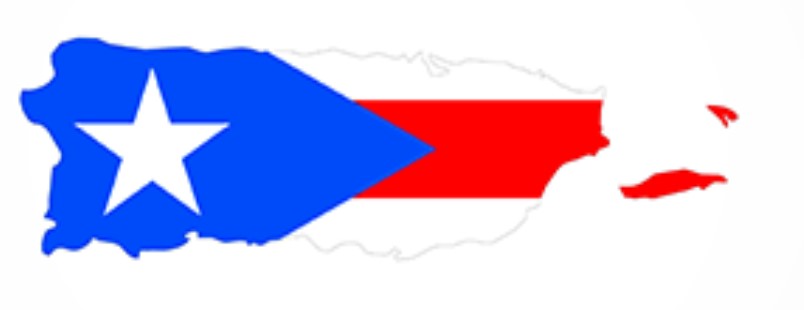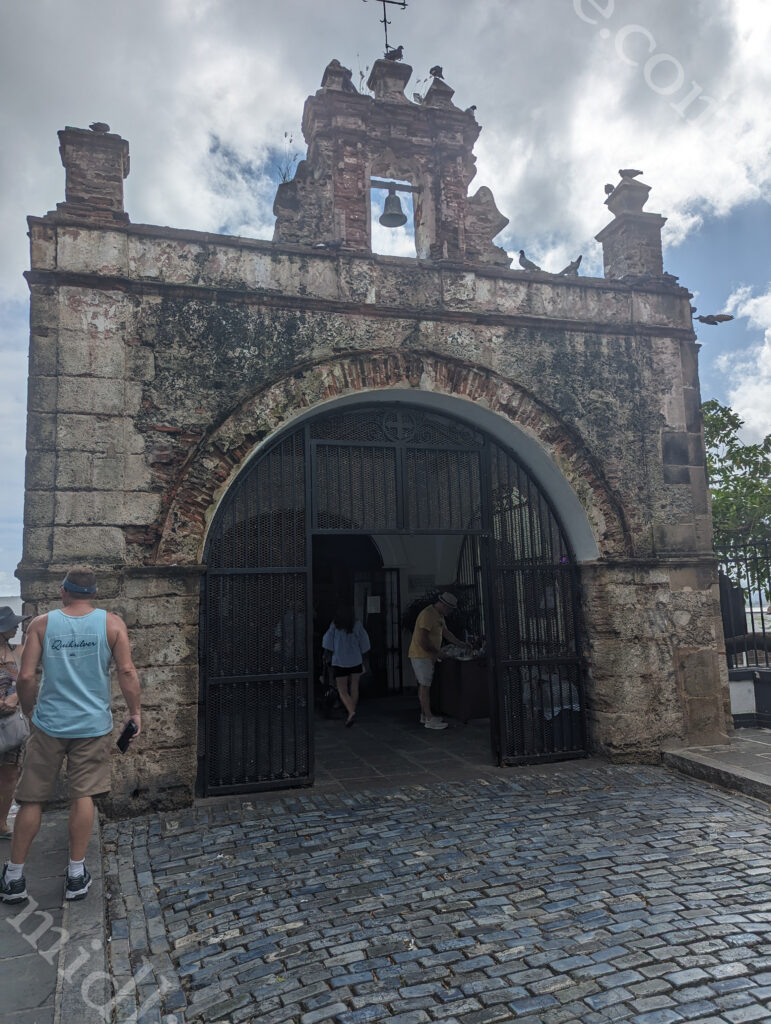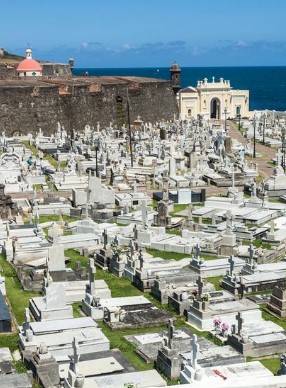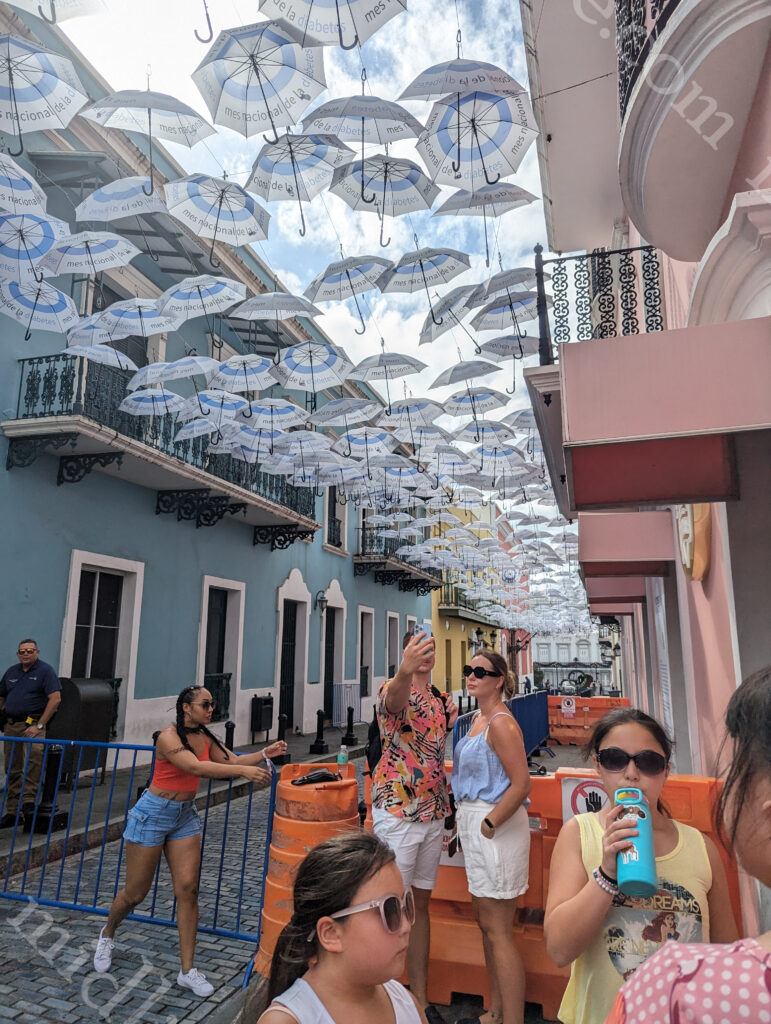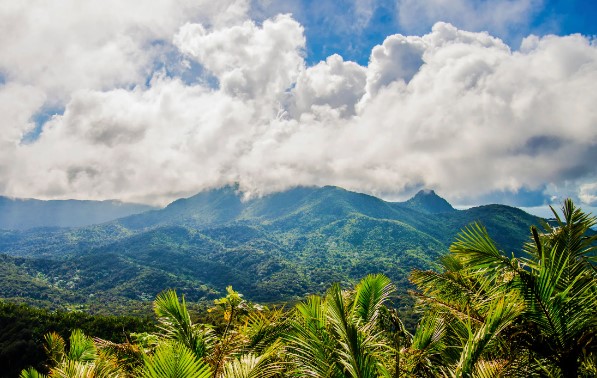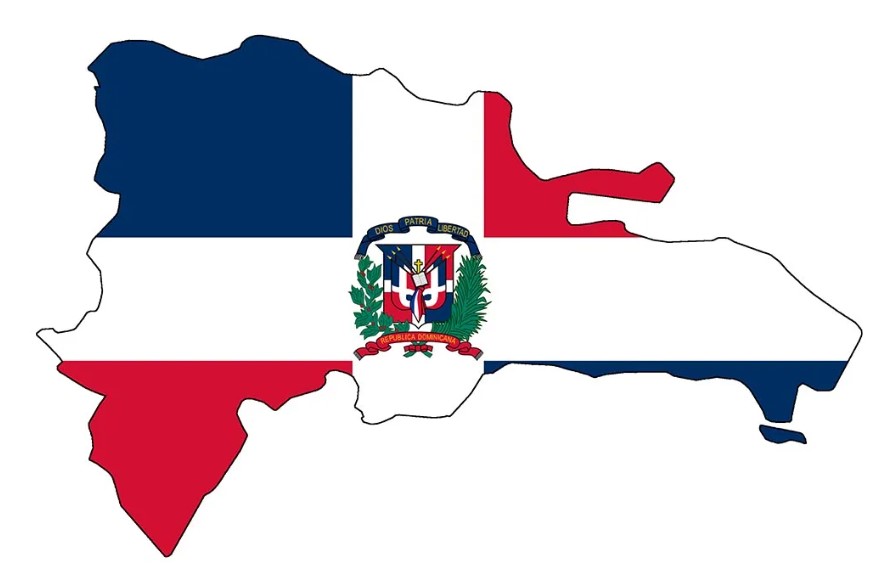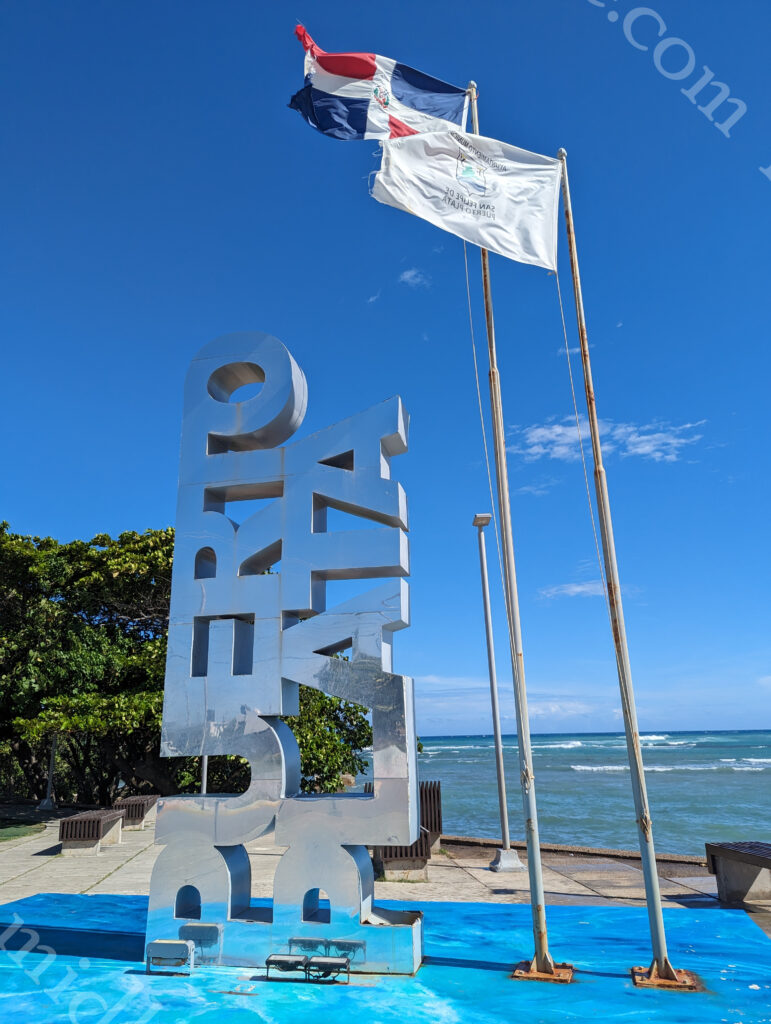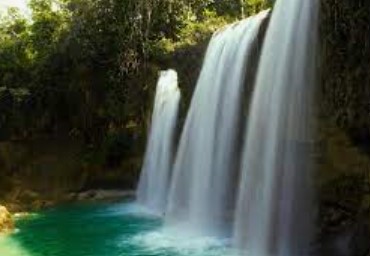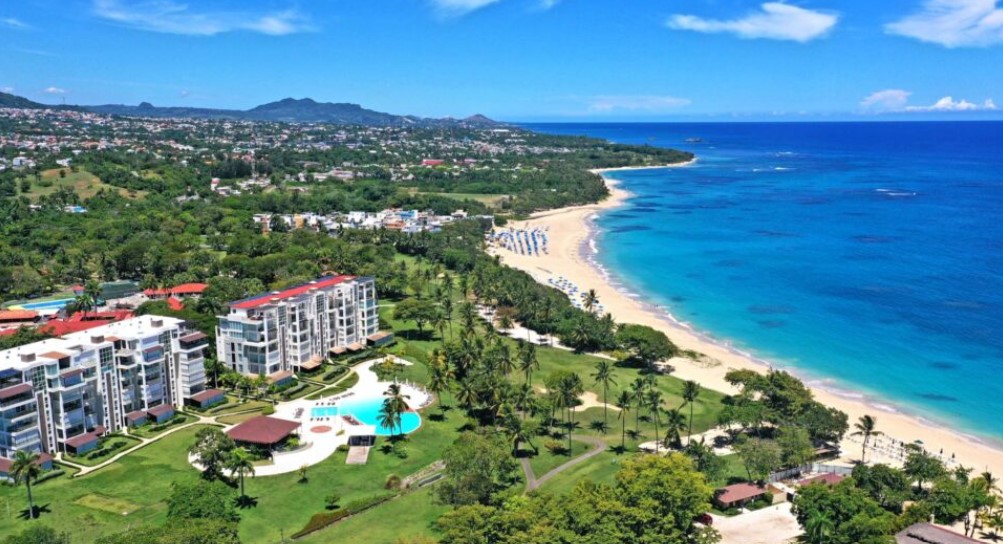
Martinique is an overseas territorial island of France. It is part of the Lesser Antilles and is 35km from Dominica, 26km to Saint Lucia and about 75km to Guadeloupe.
Martinique is about 80 km long and 35 km at the widest part. This makes it one of the smallest of the French overseas territories, but it has one of the highest population densities. The climate is remarkably constant with the average temperature being about 26° with minimums of 20–22 and maximums up to 34 °.
According to the blurb the original population disappeared after Europeans arrived, as a result of either disease or being wiped out by the invading French. In 1658 there were 5000 French settlers on the island. From here a lot of slaves were brought from Africa which added a new ethnic component. Today people of mixed European and African ancestry account for more than 90% of the population.
Fort-de-France
Fort de France is the main city of the overseas territory and was our landing point on the island. Interestingly as Martinique is only a territory, it does not officially have a capital. While the city lacks the palm trees and beaches of the rest of the island it does have the restaurants, shops, bars, and places showcasing the island’s history. Many of these venues sit in colonial-era buildings.




Fort Saint Louis was built to protect the city against enemy attacks. The fort was soon destroyed, and rebuilt in 1669 under Louis XIV as Fort Royal. It changed to Fort-de-France sometime in the 19th century and is the enduring name of the fort and the surrounding town.





St. Louis Cathedral is the main church in town and is probably the highlight of a town with not that much going for it.



Old town hall is one of the more impressive buildings in a town that is broadly underwhelming.
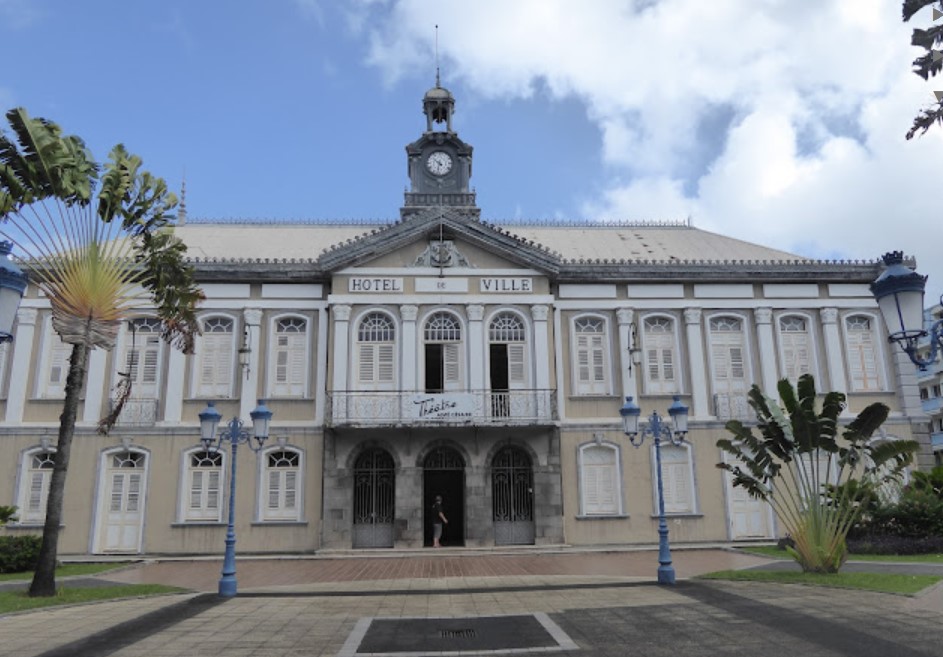
The covered market was the next on the trek through town. It provided the mix between a normal fruit and veggie market, some trinkets and souvenirs and some traditional food stalls. But in essence, it was a tin shed with some veggies in it. I don’t mean to sound down on Martinique, there really was nothing wrong with it at all. The people were friendly, the prices were good, there just was not too much to see or do.



Jardin de Balata is the local botanic gardens that is a short cab ride from town, if you are of a mind to do the hike be warned it is a fair walk and it is all uphill.



There is a zoo here, we didn’t go to it, but the promo picture shows this little critter. I have no idea what it is, but it looks pretty interesting.
Anyway, that is something else you could have done.

If you had more time in Martinique the recommendations are to stop and visit some of the smaller towns. The top on this list is Les Anses d’Arlet. The area is mostly jungle-covered mountains but there are also 3 coves for the nature lovers.
Other towns suggested were Big Cove (Grande Anse) and Arlet Cove (Anses d’Arlet) in both have restaurants and accommodation right on the sandy beach while Small Cove (Petite Anse) has a rocky shoreline.
